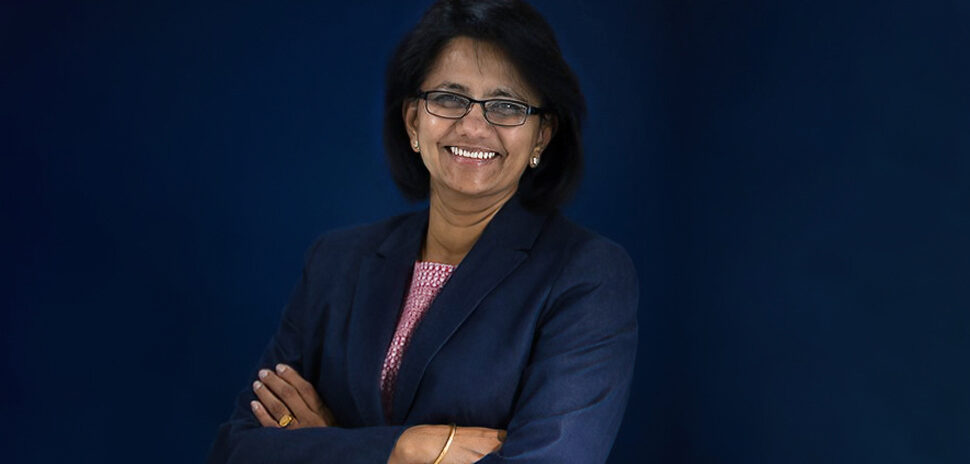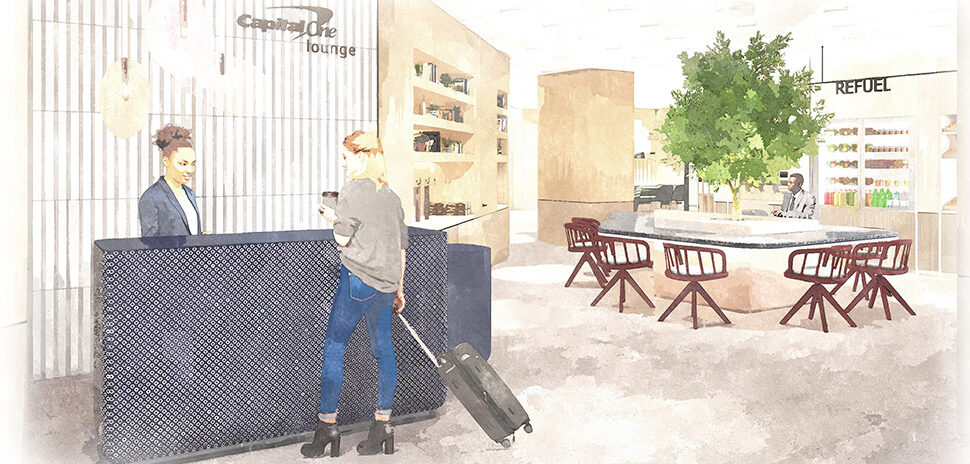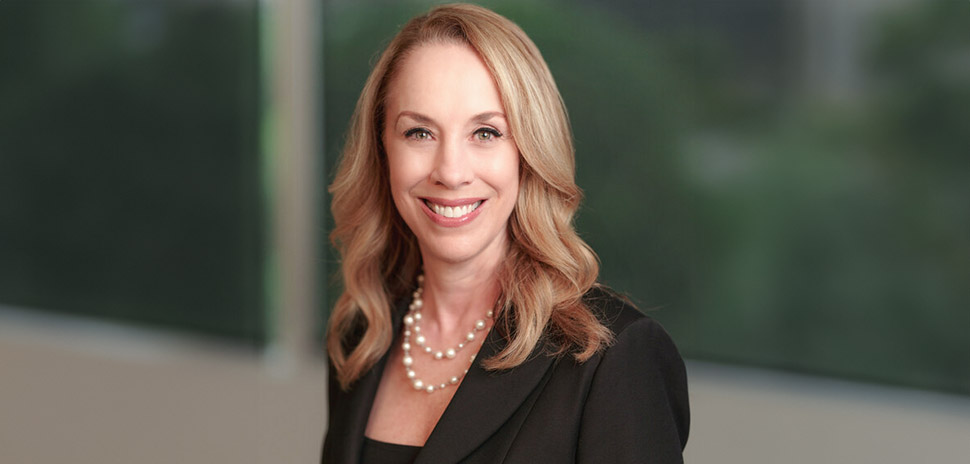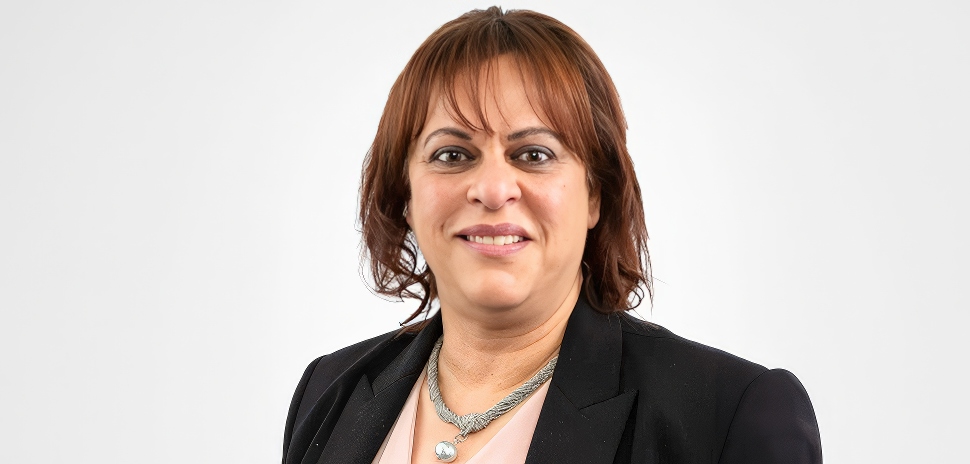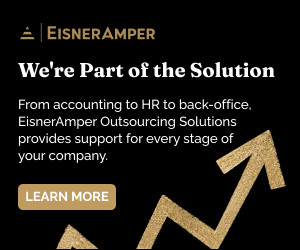Even before the people rode up in bee costumes, Jillian Jordan knew she had found her tribe. In the fall of 2015, the DFW-based social entrepreneur launched her first Great Seed Bomb project, a fun ride mash-up of cycling, sustainability education and seed bomb lobbing.
All the activities pointed to one goal: restoring the local habitat of bees, butterflies and other pollinators.
The inaugural event brought together an eclectic mix. Millennial cyclists, serious environmentalist types and families with kids tossed more than 4,000 balls filled with native milkweed and wildflower seeds along a 15-mile stretch of Fort Worth’s Clear Fork Nature Trail.
The event was a runaway hit. News coverage, which went viral, brought in requests for similar rides around the world. There was only one problem: she funded the first event out of a few sponsorships and her own shallow pockets. How would she put on the next one, much less launch them globally?
Her answer: crowdfunding.
CROWDFUNDING HELPS GET PROJECTS OFF THE GROUND
Nonprofit organizations and social entrepreneurs are increasingly turning to the financial wisdom of the crowd to get projects off of the ground.
Jillian launches her campaign for the next round of seed bomb events this week on Generosity.com. I’ll be taking a before-during-after look at her progress in a three-part series for Dallas Innovates.
Not only will these pieces offer a chance to view the inside workings of a social impact campaign, they’ll also give you a sense of the mushrooming arena of community and civic crowdfunding, now trending worldwide.
In parts of Europe, funding neighborhood efforts has become commonplace. Two successful UK platforms, for example, focus on civic spaces and grass-roots projects, often partnering with cities and towns to spur traction and generate matching funds.
In fact, many governments abroad and at home are having an “aha” regarding the civic benefits of encouraging citizen community building, that is, supporting the passion of its people to roll up their sleeves and create projects of general social value.
SOME PROJECTS ARE OUT OF THE NORM
You’ll often see community gardens, parks, festivals, and playgrounds pop up on funding platforms, but people are also asking the crowd to buy into such out-of-the-norm projects as local weather stations, refugee centers, bike lanes, and pedestrian bridges.
And occasionally, you’ll come across citizens who are especially resourceful. When their inner-city community garden kept getting vandalized, one group in St. Louis decided to crowdfund a fence.
This space also finds many nonprofits rushing to package their pet projects — not only to inspire their traditional funders, but to reach beyond them. It has been a successful strategy for many.
Take Café Momentum, for example. Dallas’ celebrated restaurant that also serves as a training center for youth coming out of detention centers. It launched its 2014 crowdfunding campaign with a $50,000 goal, only to raise more than $140,000 to launch its concept.
As with The Great Seed Bomb project, the Café Momentum campaign went viral, but that kind of over-the-top virtual enthusiasm is rare. Generally, only about 10 percent — perhaps up to a high of 20 percent — of funders will come from outside the connections of the sponsoring organization or team leaders. It’s friends and friends-of-friends that generally make up the funding pool.
This time around, Jillian hopes for a viral response, but is not counting on it. Instead, she’s wielding a good plan as her weapon of choice.
She started the organizing process in July with a Facebook post inviting all comers to a Great Seed Bomb Ambassador event. Nineteen people turned out for the wine-and-crackers meeting at The Grove, a social innovation coworking space in the West End.
TAPPING INTO A PASSIONATE COMMUNITY IS CRITICAL
The attendees, many of whom had participated in the original event last fall, signed up to do everything from PR to bike routes plans. And some agreed to raise substantial funds from their personal networks.
For Jillian, tapping into and mobilizing the passionate community that supported her original event was critical: “These are my people. That’s how it’s community led. They’re the movement.”
Their first step was to define the project.
In addition to holding rides in Dallas and Fort Worth this fall, they decided to create an open-sourced “how-to” book so that people around the world can put on their own seed bomb fun rides to benefit their communities. The group settled on a 45-day crowdfunding project with a goal of $15,000. But the trickiest part involved rewards.
“Most people won’t support the project just to get rewards,” Jillian said. “But we wanted a way to acknowledge gifts and say ‘thank you.’”
The challenge with giving these tokens for various levels of donations is that the fulfillment cannot only eat up valuable time, but postage costs can cut into proceeds. Her solution involves developing digitally delivered rewards, e.g., songs, pictures, for lower-level gifts, and physical items such as ZIP Code honey, Great Seed Bomb T-shirts and event tickets for higher levels.
FIRST FEW DAYS AFTER THE LAUNCH SET THE TONE
Crowdfunding experts say that the first few days after launch are the most critical. Initial intake, it seems, sets the pace for the entire campaign. Keeping this in mind, Jillian has been working on matching funds, a celebrity surprise and some high-level funders to get the campaign rolling.
A launch doesn’t mean it’s put-your-feet-up and watch-the-cash-flow-in time.
Successful crowdfunding requires massaging throughout the process. Besides the more obvious social media updates, some people encourage their crowds with block parties, ribbon cuttings, book signings, and phoneathons. Often, competitive challenges are created for the teams and leaders, encouraging them mobilize their crowds. We’ll look at the mid-stage Great Seed Bomb strategy next time.
In the meantime, a community and civic crowdfunding movement is growing in DFW. If you’re interested in getting involved, please email me at [email protected].
For a daily dose of what’s new and next in Dallas-Fort Worth innovation, subscribe to our Dallas Innovates e-newsletter.











